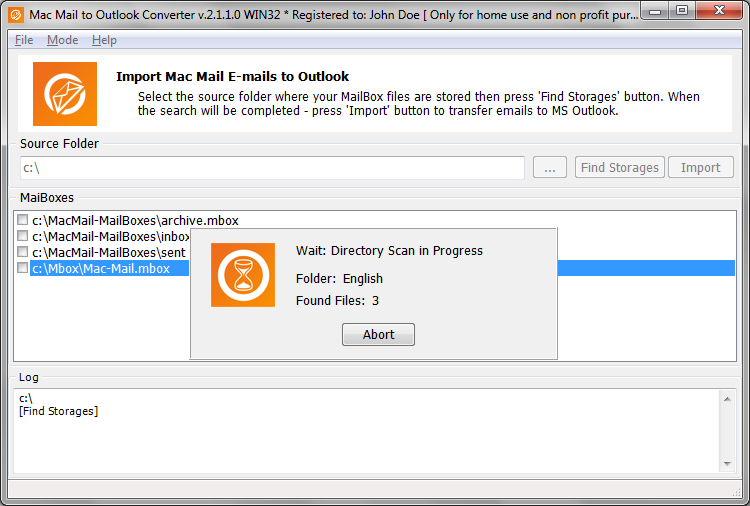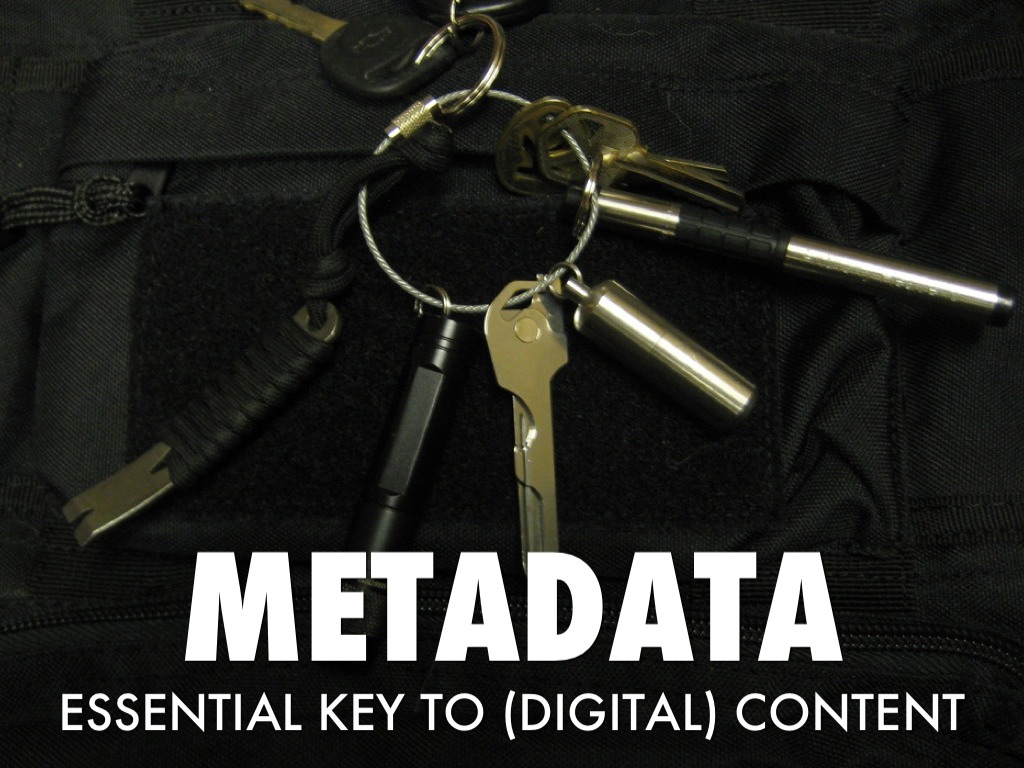

#Emailchemy metadat archive
It can also help organize electronic resources, provide digital identification, and archive and preserve resources.

It can help users find relevant information and discover resources. Metadata is not strictly bound to one of these categories, as it can describe a piece of data in many other ways. Legal metadata – provides information about the creator, copyright holder, and public licensing, if provided.Statistical metadata – also called process data, may describe processes that collect, process, or produce statistical data.Reference metadata – the information about the contents and quality of statistical data.Administrative metadata – the information to help manage a resource, like resource type, permissions, and when and how it was created.It describes the types, versions, relationships, and other characteristics of digital materials. Structural metadata – metadata about containers of data and indicates how compound objects are put together, for example, how pages are ordered to form chapters.It includes elements such as title, abstract, author, and keywords. It is used for discovery and identification. Descriptive metadata – the descriptive information about a resource.There are many distinct types of metadata, including: Metadata (or metainformation) is " data that provides information about other data", but not the content of the data, such as the text of a message or the image itself. Metadata can come in different layers: This physical herbarium record of Cenchrus ciliaris consists of the specimens as well as metadata about them, while the barcode points to a digital record with metadata about the physical record.


 0 kommentar(er)
0 kommentar(er)
